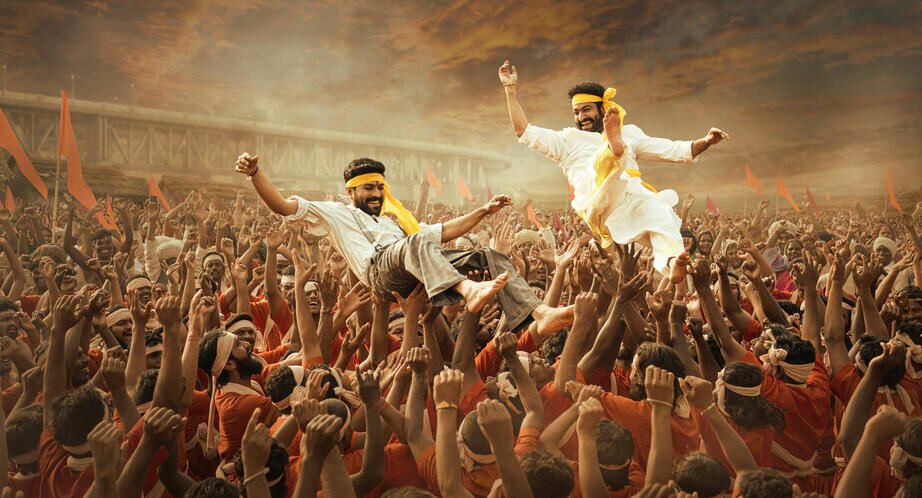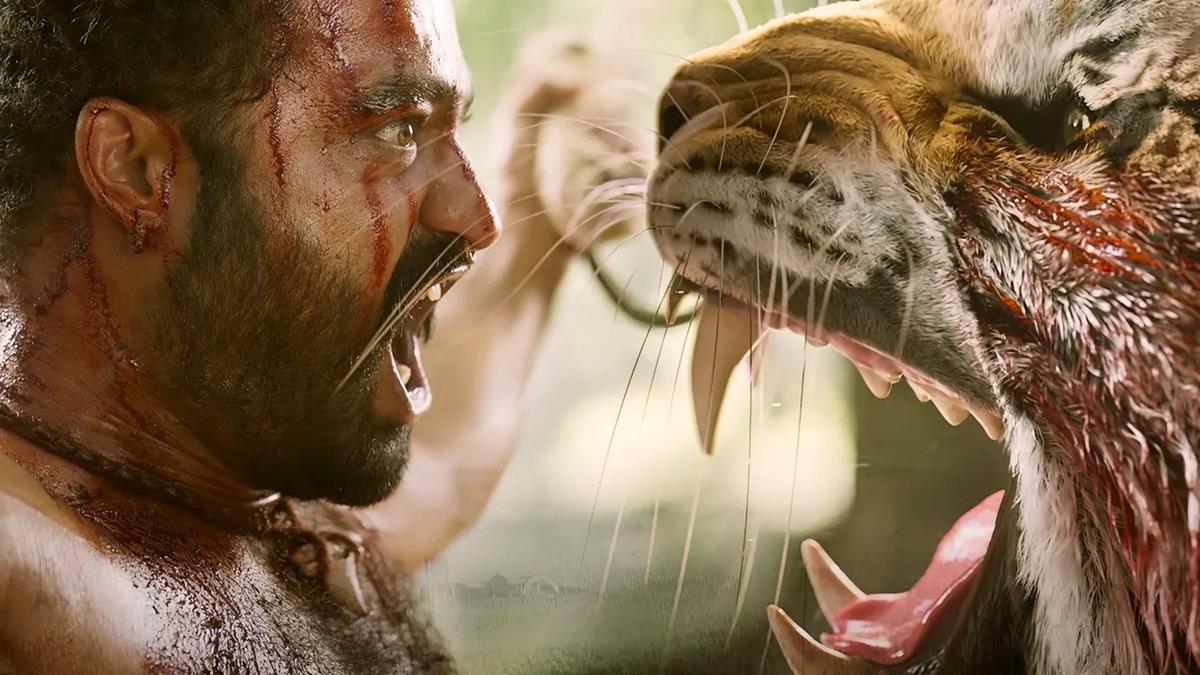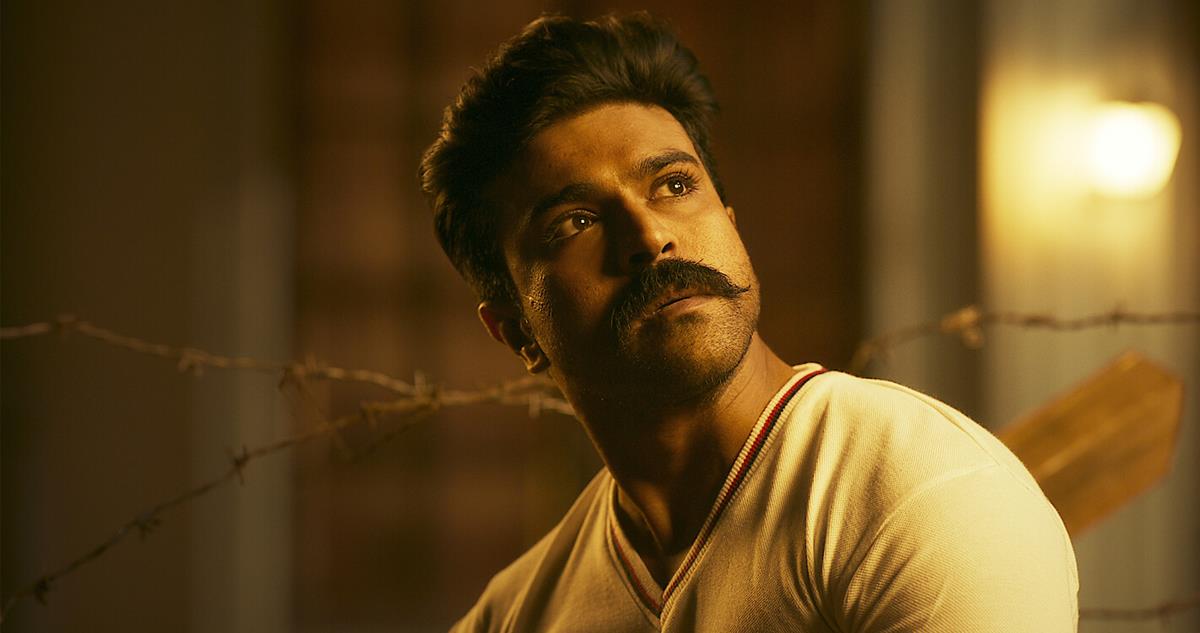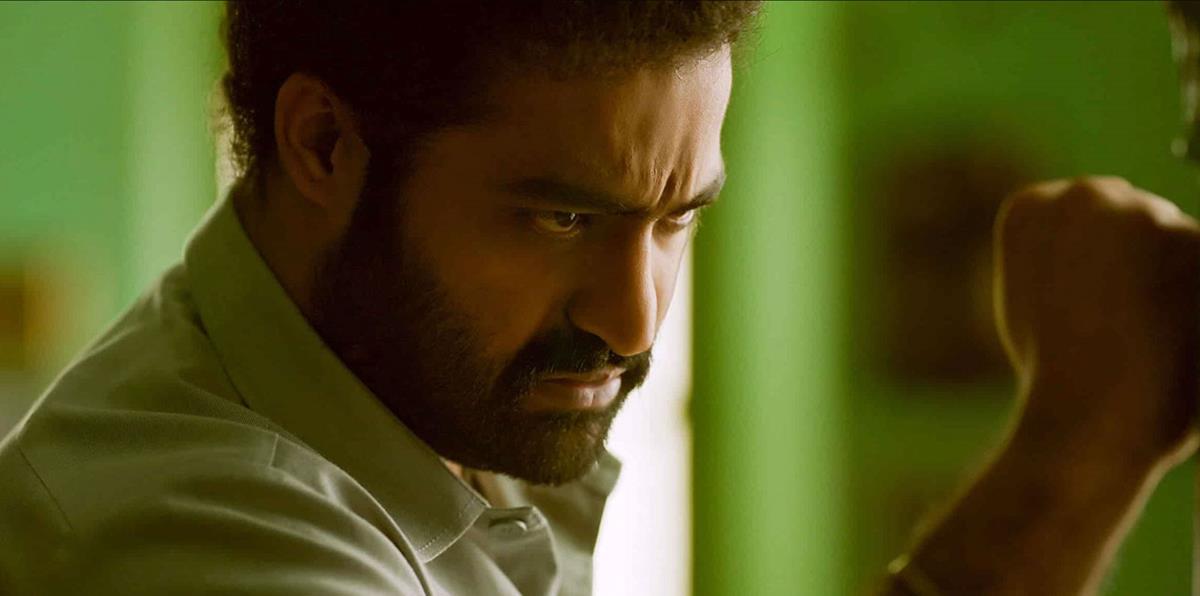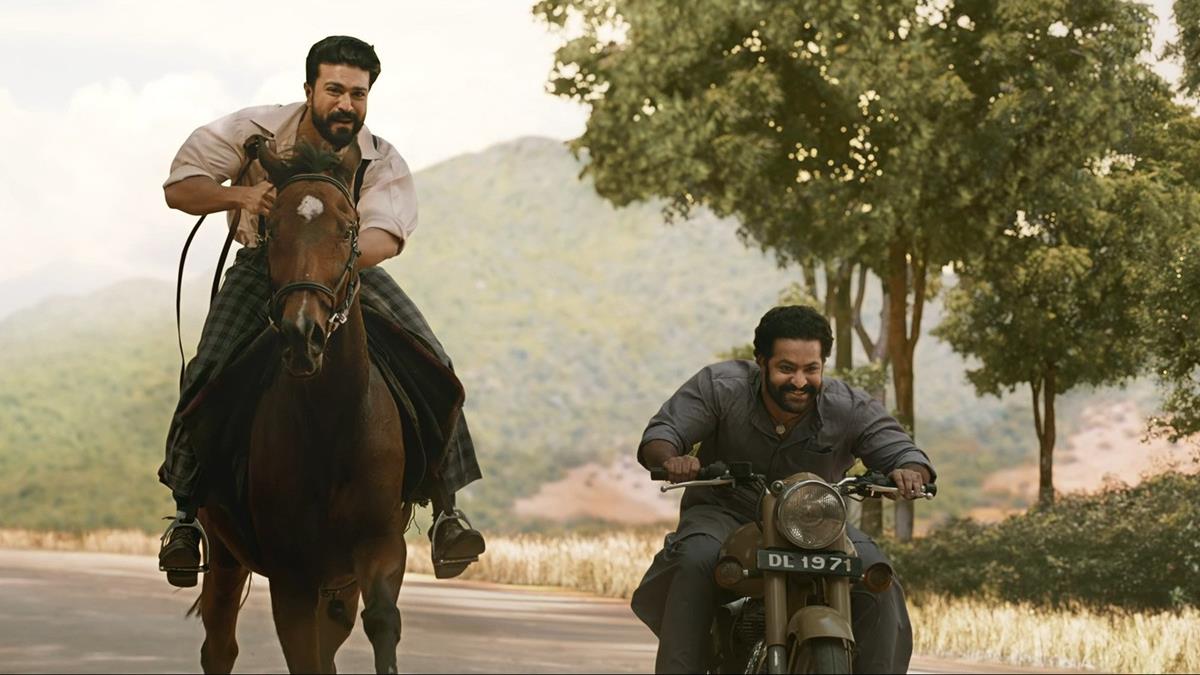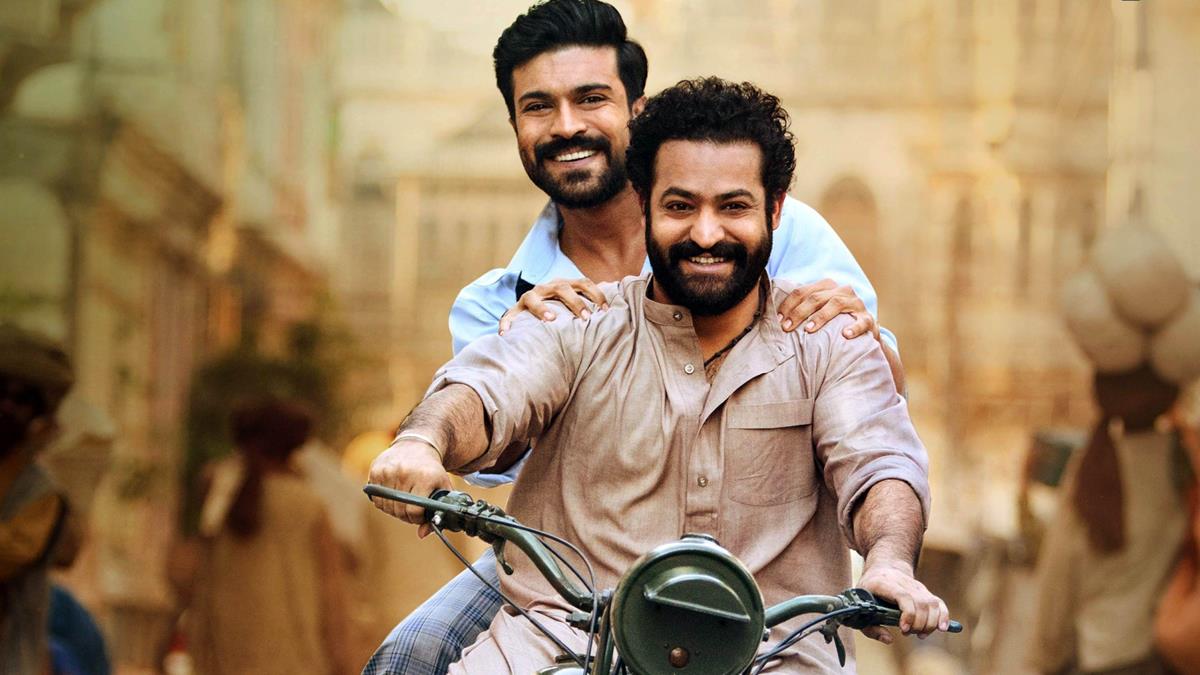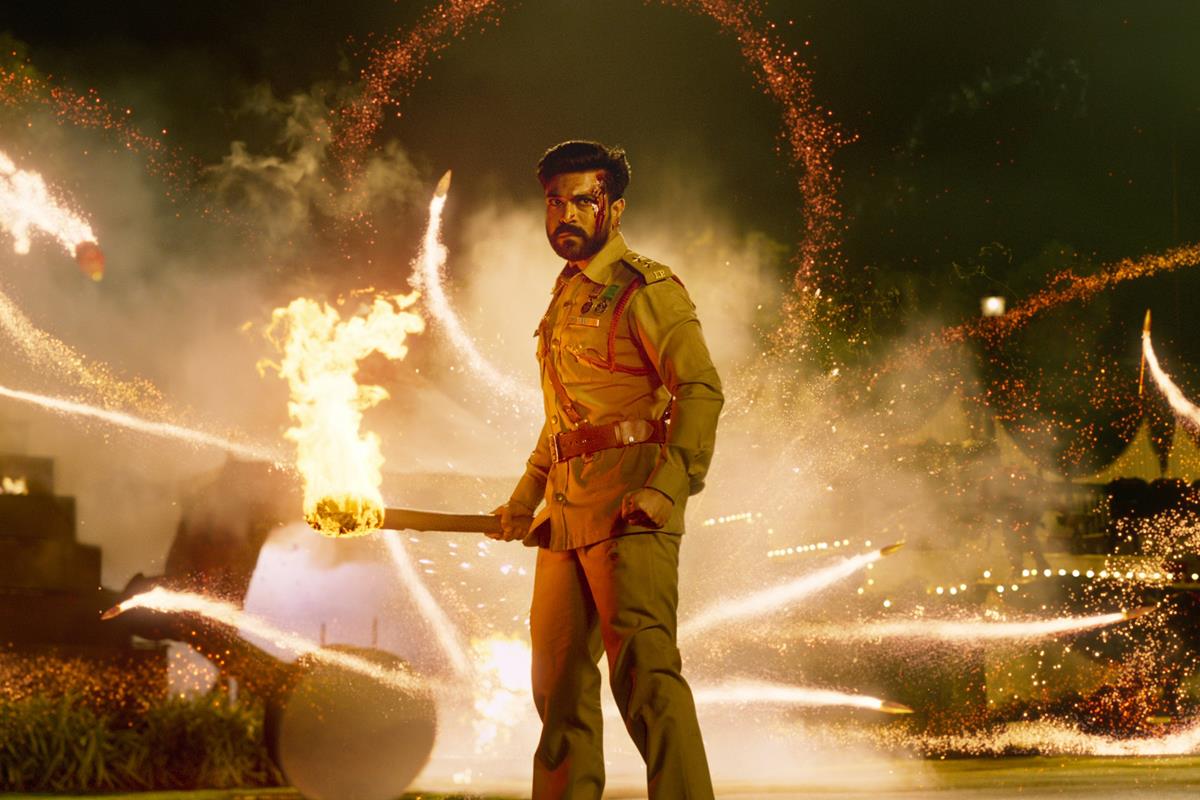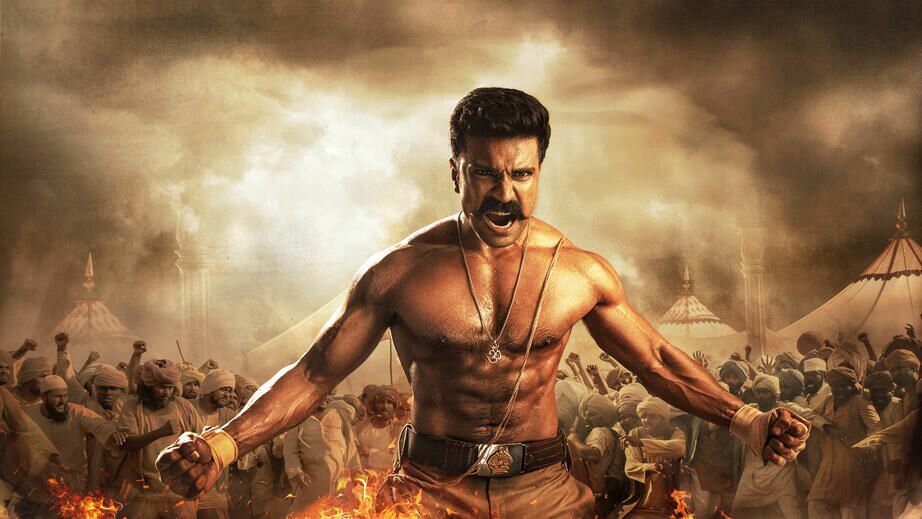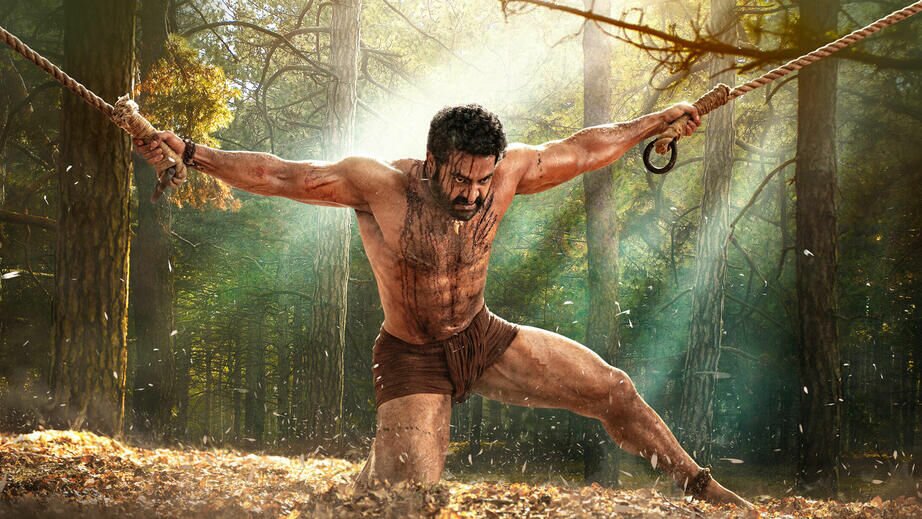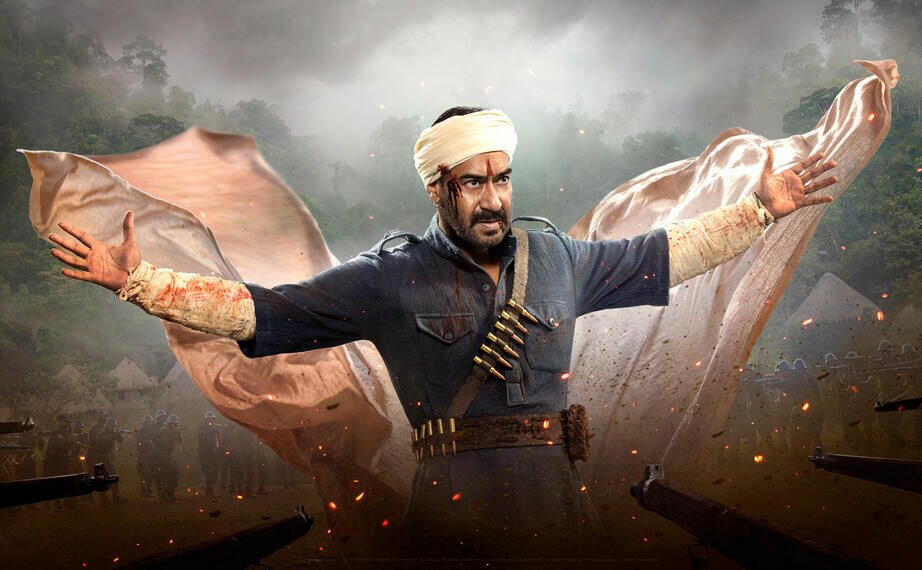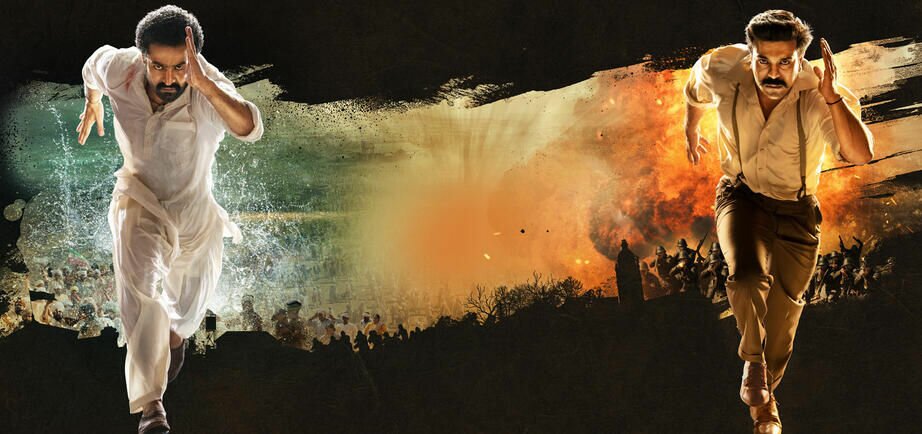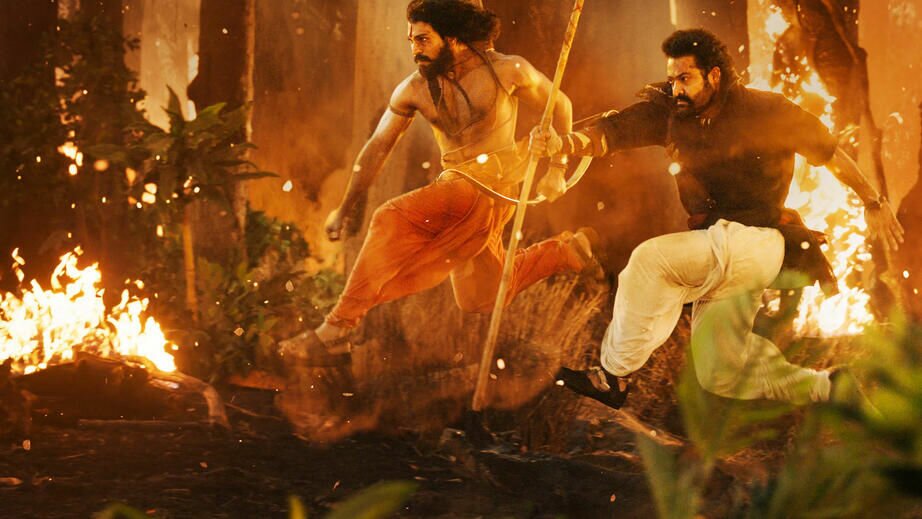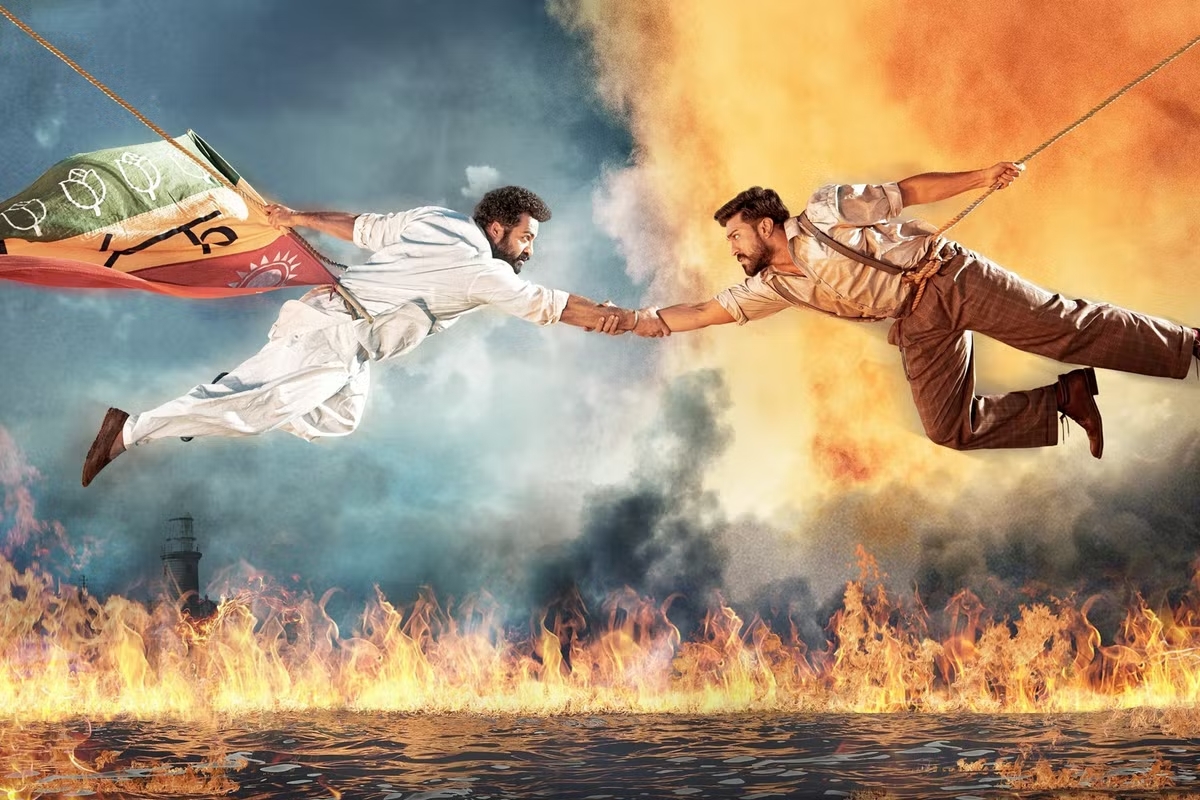
TL;DR
- Breakout hit “Rise Roar Revolt” is the first and only Telugu-language film to smash into the US box office, and is now also a hit on Netflix.
- Critics are raving — “Just as ‘Crouching Tiger, Hidden Dragon’ and ‘The Matrix’ offered American viewers a new vision of action, so ‘RRR’ possesses a delirious inventiveness and originality that audiences will love,” said one.
- A re-launched theatrical campaign gave the film new legs at the box office as word-of-mouth carried it past $14.5 million domestically and more than $170 million worldwide.
- With Telugu as its main language, Tollywood is the name for the southern Indian film industry whose growing box-office performance has brought it in line with Mumbai’s Bollywood.
READ MORE: ‘RRR’: S.S. Rajamouli Attributes His Movie’s Success to Its “Unapologetic Heroism” (Collider)
Rise Roar Revolt (RRR) is the Indian movie storming Hollywood… by surprise. At the start of this year, there were only a few people around the world who even recognized the existence of Tollywood, aka the Telegu film industry. Then came RRR, which single-handedly put Telegu films on the global map. Collider’s Shrishty Mishra raves: “For many people on the internet, the movie is synonymous with an emotion that describes opulence and celebration of cinema.”
Tollywood is the name for the southern Indian film industry whose growing box-office performance has brought it in line with Mumbai’s Bollywood. Telugu is the main language, and RRR features two of its biggest stars, Ram Charan and Rama Rao.
The movie itself is a populist retelling of two real-life Indian revolutionaries and their battle against the British Raj. It depicts the heroes as freedom fighters against the colonial regime in the 1920s.
Its theatrical run is impressive, clocking up $170 million worldwide, including $14.5 million in North America. That gross is even more impressive since the picture has been available to stream on Netflix since May, where it was among the service’s top 10 most watched titles in America for 14 consecutive weeks. Partly propelled by strong word of mouth among Netflix users, the film was re-released theatrically just a few weeks after initial release and gradually spread to more theaters nationwide — gaining audiences far beyond the Indian diaspora.
Dylan Marchetti, president of distributor Variance Films, estimates that most of the RRR ticket buyers had never before seen a production from Tollywood.
“Most new Indian movies are not marketed to American viewers beyond those who speak the film’s language, and most such films are already screened at national chains like AMC and Cinemark,” Simon Abrams notes in The New York Times.
READ MORE: How the Indian Action Spectacular ‘RRR’ Became a Smash in America (The New York Times)
There’s so much momentum surrounding the film that it’s even garnering Oscar buzz. And not for Best Foreign Language Film (the Indian Academy actually selected another picture anyway), but for Best Picture along with Best Director for S.S. Rajamouli.
The question puzzling the US film industry is why?
The director himself told Mishra: “COVID I’m sure was a factor. When everything got shut down, the whole world started looking into different cultures, absorbing content from different countries, in different languages.”
RRR would not be alone. Just look at the $2 billion in lifetime value that Netflix will amass from existing and future series of the South Korea’s Squid Game.
But Rajamouli is being humble. Having picked up on the film late in the day — mostly it seems to see what all the fuss is about — reviewers are raving about its epic and cinematic production values.
“RRR contains more exciting action scenes than all the Marvel movies put together,” NPR’s John Powers praises. “Indeed, there’s a slow-motion shot that is one of the most jaw dropping moments in the history of cinema.”
READ MORE: If you haven’t been back to the movies yet, Indian epic ‘RRR’ is the reason to go (NPR)
The three-hour runtime isn’t deterring cinemagoers. The film’s title sequence doesn’t run until nearly 45 minutes into the story.
Brent Buterbaugh from the National Review gives his verdict: “It leverages its hefty runtime and captivating story to earn its big moments, and delivers with some of the most imaginative set pieces ever witnessed on the big screen,” likening the experience to a first-time viewing of The Empire Strikes Back.
READ MORE: What Hollywood Can Learn from RRR (National Review)
When one of Rajamouli’s movies is released, he’s known to sneak into theaters just to see how different audiences react to his film. Jen Yamato at the Los Angeles Times, believes RRR proved that “moviegoers around the world can connect to his films even absent specific cultural context, such as the setting’s history or politics.” And from the responses to this film, it’s hard to argue that point.
In an IMAX screening of RRR at the TCL Chinese Theatre, the director was greeted with a standing ovation, and the applause continued as the actors appeared on screen. “When I started hearing the roaring laughter and whistles, the shouting, the screaming, people getting up, standing up, showing their love and affection, dancing in front of the stage — my God.”
Rajamouli marvels at the appreciation shown for his actors. While he may have “parent trapped” the two stars into working together, phoning both of them separately to have them appear at his home simultaneously, his vision for the film has paid off tremendously as fans of all backgrounds are finding enjoyment with RRR.
“I don’t think you need to explain to the audience what culture is. I don’t think you can, in a film,” Rajamouli said. “If you find compelling characters and compelling incidents, you are instantly drawn in, and for things that you don’t understand, the mind automatically makes its own story. I don’t think Western audiences, or any audience for that matter, are watching the film exactly the way I’m intending them to.”
He continues: “Emotion doesn’t have a culture. The expression of love changes, but the relation itself doesn’t change. It’s the same across all human beings… If I analyze why I like action, it’s that action enhances emotion, and emotion makes action look good.”
READ MORE: How an Indian action icon broke into Hollywood — and the Oscar race — with ‘RRR’ (Los Angeles Times)
Rajamouli revealed to Deadline’s Anthony D’Alessandro that his template was inspired by Mel Gibson’s Braveheart. “I like that film a lot. The way he enhances the drama before the action is a big influence on me.”
READ MORE: ‘Braveheart’ Was “A Big Influence” For Indian Epic ‘RRR’, Director S.S. Rajamouli Says – Contenders New York (Deadline)
There’s undeniable pleasure in films like Braveheart, Gladiator, The Woman King (which was also inspired by those films) or, indeed, Star Wars in rooting for an underdog against an imperialist oppressor. Especially if said oppressor gets their violent comeuppance.
“Compared to a stereotypical Bollywood film, RRR is relatively light on music and romance, devoting much of its screen time to visual spectacle, gonzo action, and patriotic zeal,” Katie Rife notes at Polygon. “At its core, this is a story about people fighting for their beliefs against impossible odds. It’s about perseverance and the power of working together toward a common goal. Those themes are universally relatable — as is the giddy thrill of watching racist forces of imperial oppression get exactly what’s coming to them.”
READ MORE: India’s wild action movie RRR re-imagines real-life revolt as an epic superhero battle (Polygon)
While there are copious VFX shots, the old-school values of a Hollywood epic are on display too, including filling the screen with hundreds of extras backed up by a crew of 700. Mishra is not the only one to note the thrill of seeing something new in the company of strangers.
“Indeed, in these days when the box-office is way down, movie chains are wobbling, and experts wonder whether the movies will even survive, RRR makes the case for returning to theaters,” Powers writes. “It reminds us that movies are always more thrilling when they’re part of a collective experience, when you can share the excitement with the people around you.”
Cinematographer K.K. Senthil Kumar, ISC selected the ARRI Alexa LF using Signature Prime lenses suitable for IMAX. In a first for an Indian film, RRR was also released in Dolby Cinema, a format that incorporates Dolby Vision and Dolby Atmos.
“We still don’t have Dolby Vision theaters in India, but we thought this would be the best way to preserve the film for the future,” Kumar told the American Cinematographer’s Iain Marcks.
READ MORE: Shooting Stars for RRR (American Society of Cinematographers)
The bulk of the film was shot in Hyderabad, Telangana, the epicenter of Tollywood. Sets were constructed at Alind Aluminum Industries Limited — an industrial complex repurposed for film production — as well as Ramoji Film City and on location in Gandipet. Some scenes were shot at Ukraine’s official presidential palace in 2021 because Ukraine was one of the first countries to open up to filming.
“It’s a beautiful place and we had a wonderful experience shooting there,” Kumar said
The finishing work for RRR was performed in Hyderabad at ANR Sound & Vision in Annapurna Studios, by colorist Bvr Shivakumar, who delivered a 4K master.
Perhaps RRR’s success is as simple as it being a good story and told well. Rajamouli thinks so.
“We can all agree that, basically, a good story is a good story across the world,” he told IndieWire’s Eric Kohn. “But the way the audience perceives it depends on the sensibilities of the culture and the people. I can’t pinpoint why it happened, but I would say a part of it is that Western audiences are not getting the full-blown action of [Indian] movies. Maybe Hollywood movies aren’t giving them enough of that. That’s what I gather when I look at the response.”
READ MORE: ‘RRR’ Director Says Western Audiences Are Starved of Good Action Movies (IndieWire)
Next, Watch This
LIGHTS, CAMERA, ACTION! SPOTLIGHT ON FILM PRODUCTION:
From the latest advances in virtual production to shooting the perfect oner, filmmakers are continuing to push creative boundaries. Packed with insights from top talents, go behind the scenes of feature film production with these hand-curated articles from the NAB Amplify archives:
- “Decision To Leave:” Park Chan-wook’s Love Story/Detective Story
- Fantastic Fantasía: Making Alejandro González Iñárritu’s “Bardo”
- “The Banshees of Inisherin:“ Martin McDonagh Tells a Wonderful/Terrible Tale
- Control and Chaos: Todd Field on “Tár”
- Family Pictures: James Gray’s “Armageddon Time”
- She Stoops to Conquer: Gina Prince-Bythewood Goes to War for “The Woman King”
- The Revolution Will Be Televised: Making the Immersive, Explosive “Athena”


